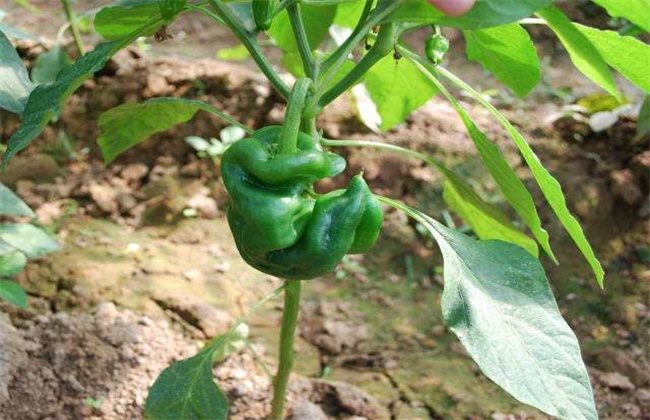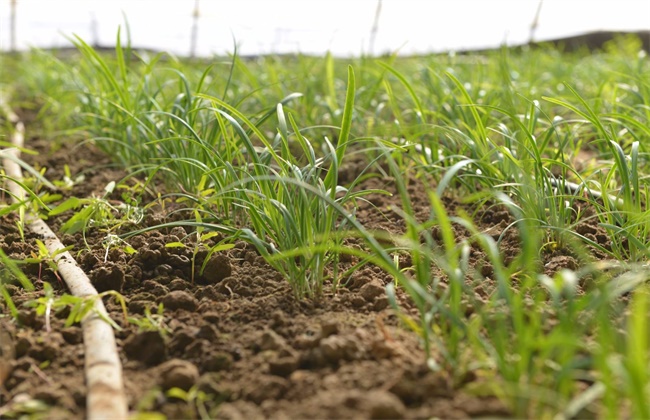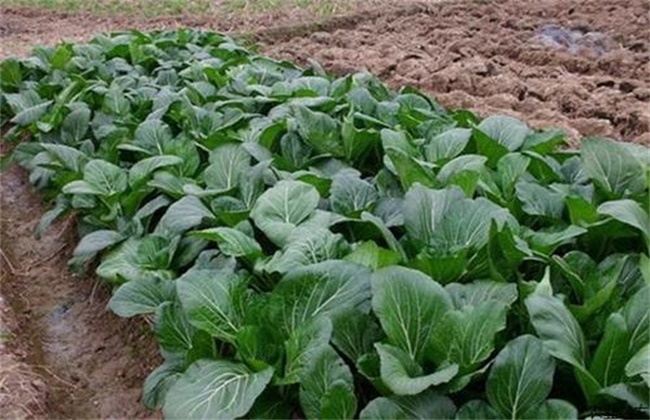Causes and Solutions of hypoplastic Pepper in Autumn and Winter
Pepper is a common vegetable in our life, is an indispensable seasoning for cooking, and it is also widely distributed in our country, whether in greenhouse or in open field, as well as the balcony planting that many people like now. However, in the process of planting chili peppers in autumn and winter, many vegetable farmers react to poor fruit growth, so what is the cause? Let's take a look.

1. Causes of poor fruit development of pepper in autumn and winter.
The main results are as follows: 1. Although the temperature turns cool in autumn, sometimes the temperature is still relatively high. if the temperature is high and humid during flowering and fruiting, low temperature and low light in the later stage of growth, when the temperature is higher than 30 degrees or less than 15 degrees, pepper can not pollinate normally. It is easy to form abnormal fruits and stiff fruits.
2. In the process of growth, it is also easy to form deformed fruit and split fruit because of poor root development, lack of fertilizer and water, poor light, excessive plant growth and poor reproductive growth.
3. In the fruiting period, the temperature is low, it is difficult for the root system to absorb phosphate fertilizer, and it is easy to appear too low anthocyanin, so purple spots appear in the fruit.
II. Solutions
1. Cooling and humidity control during the growth period
Therefore, the temperature and humidity should be controlled during the growth of hot pepper, the temperature should be controlled between 25-28 degrees during the day, 15-18 degrees at night, and the air humidity should be kept between 60% and 70%. This is conducive to the growth and development of pepper fruit and helps to improve yield and quality.
2. increase temperature and keep warm in the later stage of growth.
In the later stage of pepper growth, the temperature is low and the light is weak and short, so measures such as heat preservation and increasing light should be taken, at the same time, fertilizer and water management should be strengthened, phosphorus and potassium fertilizer should be increased, and potassium dihydrogen phosphate foliar fertilizer should be sprayed to provide sufficient nutrients for fruit growth and development and promote the normal development of fruit.
3. Coordinate reproductive growth and vegetative growth
In the later stage of pepper growth, reproductive growth and vegetative growth are carried out together, if too much nitrogen fertilizer is applied, the plant will grow too much, the normal vegetative growth will exceed reproductive growth, and the normal fruit growth will be underdeveloped. Therefore, in the flowering and fruiting period, we should strengthen fertilizer and water, increase phosphorus and potassium fertilizer, apply little or no nitrogen fertilizer, and pay attention to watering, not flooding irrigation, and properly ploughing and loosening soil to improve soil permeability.
The above is the introduction of the causes and solutions of pepper fruit dysplasia in autumn and winter. I hope it can help you. If you want to know more about it, please follow us.
Related
- Where is it suitable to grow horseradish in China? it is expected to see the middle altitude horseradish in Alishan.
- How to prevent tomato virus disease reasonably? (Control methods included)
- Many people like to plant towel gourd on the balcony. What are the main points of this method and management?
- What crops can chili peppers be mixed with?
- Fertilization techniques and matters needing attention in Tomato
- What are the grafting techniques for peach seedlings in spring?
- Harm and control methods of root swelling disease of Chinese cabbage
- What are the pests of sweet potatoes? How to prevent and cure it?
- Symptoms, causes and Control methods of navel Rot in Tomato
- The cause of "Cucumber rotten bibcock" in Farmers' planting Cucumber and its Control Plan



